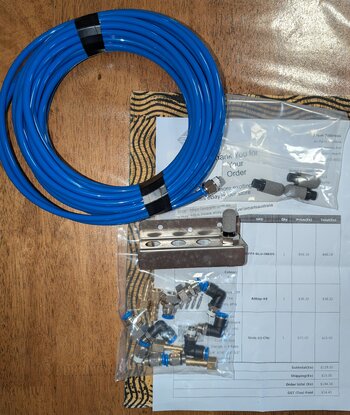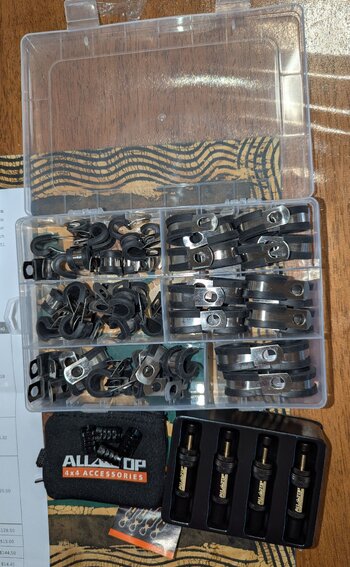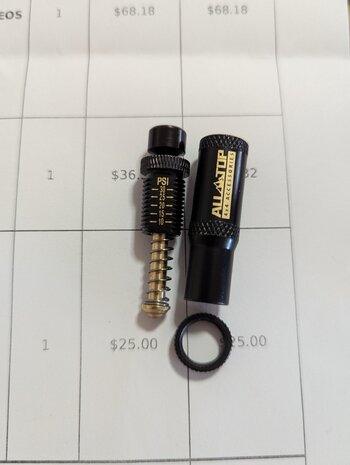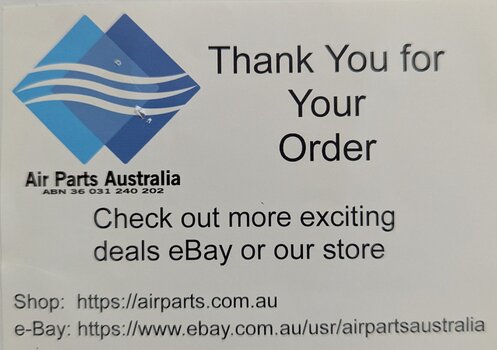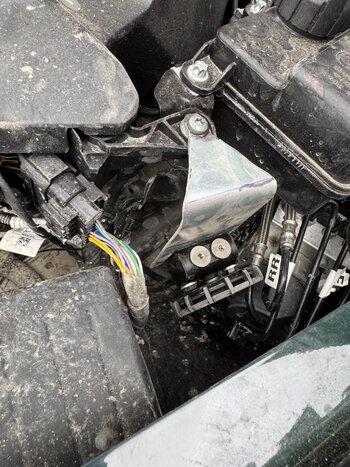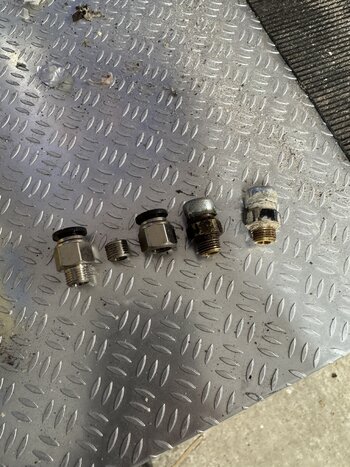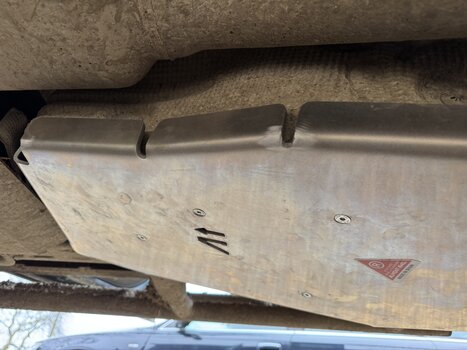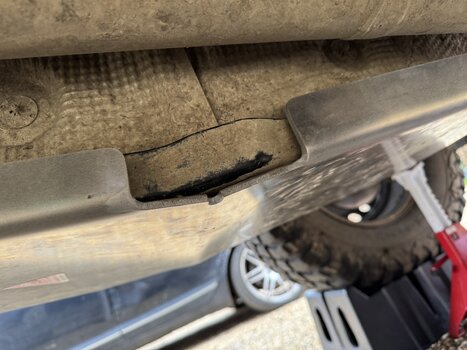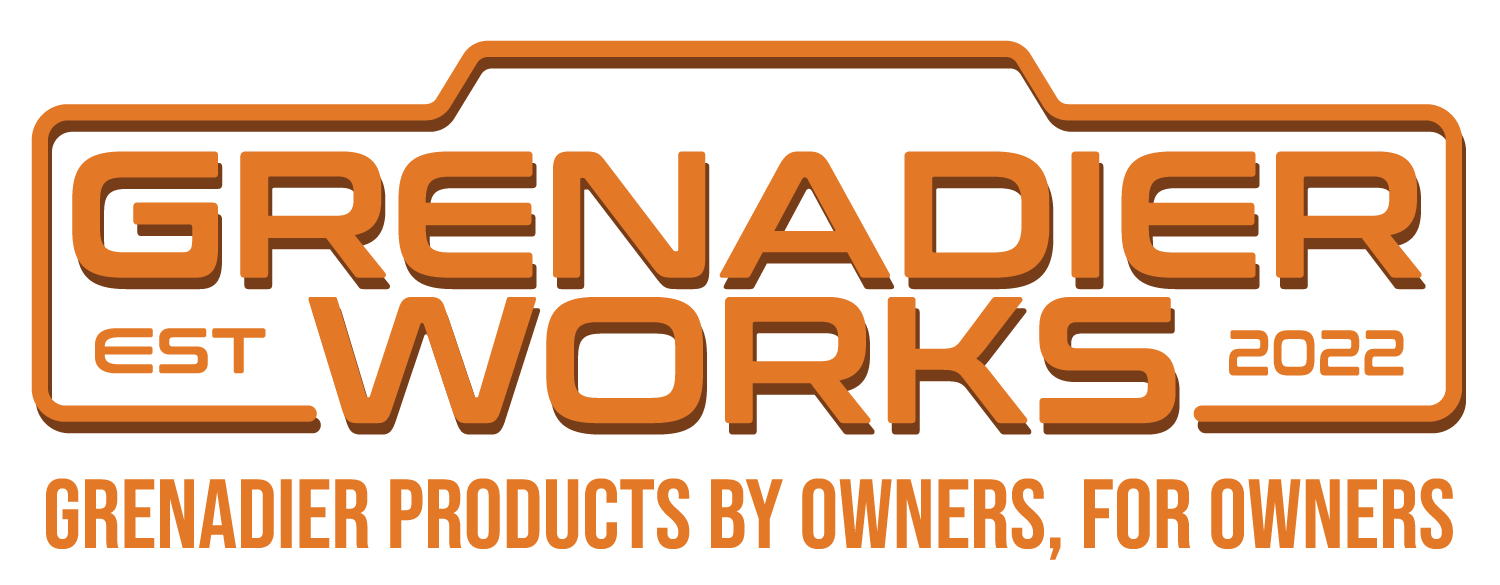On a whim while under Gren. I loosened the diff breather on the rear diff housing and heard the "puff" as air / volatiles escaped. Not driven for 3 weeks/ 12, 500km.
Read the foregoing posts and went searching for a local supplier of diff breather kits with M10 x 1mm threads, 6mm push in fittings ... none of the usual pneumatic bits and pieces suppliers (eg.including Fittings Express) stocked them....solely 1/8" bsp!!
Finally discovered a local supplier who had the requisite parts in a kit which was significantly cheaper than trying to cobble a kit together from different suppliers!
Details: Air Parts Australia Pty Ltd, 51 Anning Ave, Golden Beach Qld 4551.

 airparts.com.au
ebay: https://www.ebay.com.au/usr/airpartsaustralia
airparts.com.au
ebay: https://www.ebay.com.au/usr/airpartsaustralia
I spoke with Russel. He was very interested in the Grenadier and readily offered to swap out the usual 1/8" bsp fittings for the M10 x 1mm when I explained the requirements. I'm assuming he'll add Ineos Grenadier to his offerings. He ships worldwide.
His pricing is excellent compared to ARB for example.
Whole lot was A$55 plus express postage at cost. So $71 Inc GST. Ordered yesterday, was in my suburban Brisbane P.O. Box by 0730 this morning!
@TheDocAUS : another option for the "local" list
The photo shows the complete kit with straight fittings and includes push in barb adapters to connect to a flexible hose from the transfer case and ZF transmission breathers if one is so inclined. Excellent quality. Right-angle diff. fittings are available but the collective wisdom in this thread is that the straight fitting is preferable. The standard aluminium bracket is shown. It is available in stainless steel and laser etched labelling for additional cost. see the website
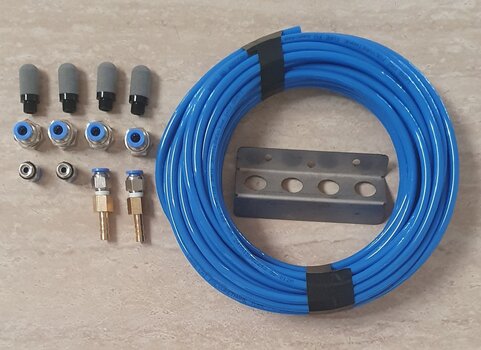
Read the foregoing posts and went searching for a local supplier of diff breather kits with M10 x 1mm threads, 6mm push in fittings ... none of the usual pneumatic bits and pieces suppliers (eg.including Fittings Express) stocked them....solely 1/8" bsp!!
Finally discovered a local supplier who had the requisite parts in a kit which was significantly cheaper than trying to cobble a kit together from different suppliers!
Details: Air Parts Australia Pty Ltd, 51 Anning Ave, Golden Beach Qld 4551.

Shop
High-grade pneumatic components, industrial parts, air control valves, cylinders, air prep systems, durable fittings, reliable solutions, and advanced technology for commercial and industrial use
I spoke with Russel. He was very interested in the Grenadier and readily offered to swap out the usual 1/8" bsp fittings for the M10 x 1mm when I explained the requirements. I'm assuming he'll add Ineos Grenadier to his offerings. He ships worldwide.
His pricing is excellent compared to ARB for example.
Whole lot was A$55 plus express postage at cost. So $71 Inc GST. Ordered yesterday, was in my suburban Brisbane P.O. Box by 0730 this morning!
@TheDocAUS : another option for the "local" list
The photo shows the complete kit with straight fittings and includes push in barb adapters to connect to a flexible hose from the transfer case and ZF transmission breathers if one is so inclined. Excellent quality. Right-angle diff. fittings are available but the collective wisdom in this thread is that the straight fitting is preferable. The standard aluminium bracket is shown. It is available in stainless steel and laser etched labelling for additional cost. see the website


